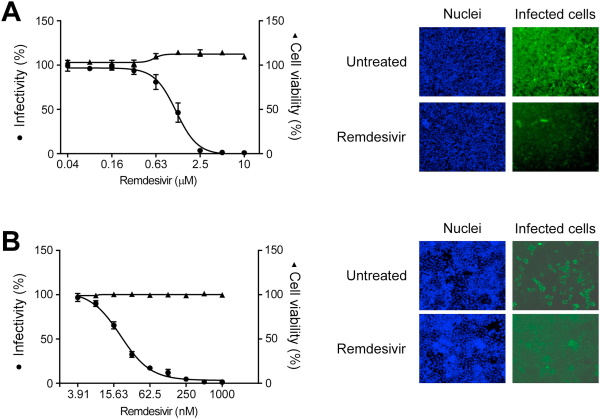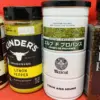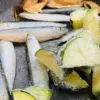5-アミノレブリン酸とは|何に含まれているか【5-ALA】安全性評価と作用
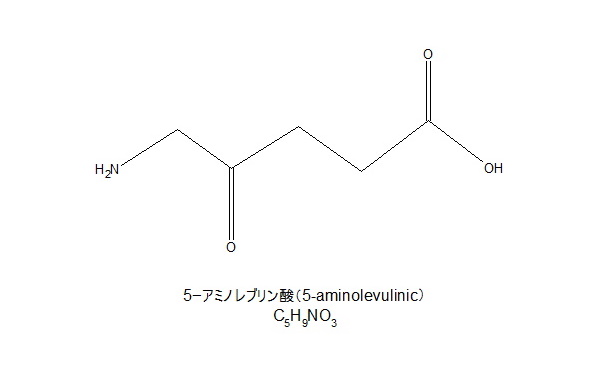
5-アミノレブリン酸(5-ALA|Amino Levulinic Acid)は、モル質量131g/mol、化学式C5H9NO3、CAS106-60-5で、ポルフィリン(環状有機化合物|ヘム合成やクロロフィル合成に役立つ)合成経路の起点となる物質で、Shemin経路、C5経路と呼ばれるような合成経路を通じて体内で役立つ物質に変化していくアミノ酸の一種です。
5-アミノレブリン酸とは
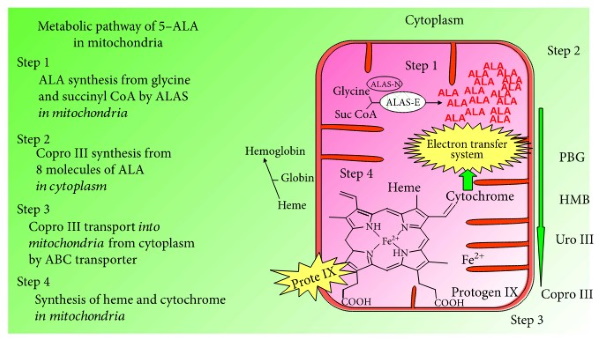
画像引用元:Hindawi
5-アミノレブリン酸(5-ALA)は、ミトコンドリア内膜などでTCA回路などとも関連し、ATPを生成する働きの一端を担います。
Studies have suggested that 5-ALA enhances aerobic energy metabolism, especially cytochrome c oxidase activity as well as protein expression in the mitochondria. 5-ALA also induces heme oxygenase-1 [HO-1] expression, a rate-limiting enzyme in heme metabolism, in the kidney and in cultured cells.
引用元の情報によれば、5-ALAは
- チトクロームcオキシダーゼ活性
- ミトコンドリアでのタンパク質発現
を増強するとされ、腎臓や培養細胞では、ヘム代謝の律速酵素であるヘムオキシゲナーゼ-1 [HO-1]の発現を誘導するとのことです。結果的に、簡潔に言えば、抗炎症効果が期待できるとのことです。また、糖尿病治療や血糖値異常の改善にも有効かもしれないということで研究が進められています。
長崎大学とネオファーマジャパンの研究によると
2.1. Cells and reagents
VeroE6 cells (donated by Dr. Ayato Takada, Hokkaido University, Japan) and Caco-2 cells (donated by Dr. Tetsuya Iida, Osaka University, Japan) were maintained in Dulbecco’s modified Eagle’s medium (DMEM) supplemented with 10% fetal bovine serum (FBS) and 1% penicillin/streptomycin solution. 5-amino leuvulinic acid (5-ALA) was donated by Neopharma Japan (Tokyo, Japan) and was dissolved to 100 mM in water. Sodium ferrous citrate (SFC) was also donated by Neopharma Japan and was dissolved to 25 mM in water with 1 M HCl. Remdesivir (Cayman Chemical, Ann Arbor, MI) was dissolved to 10 mM in DMSO. For immunostaining, goat serum (ThermoFisher Scientific, Waltham, MA), rabbit anti-SARS-CoV N antibody (NOVUS, Centennial, CO), Alexa Fluor 488 goat anti-rabbit IgG (ThermoFisher Scientific) and Hoechst33342 dye (ThermoFisher Scientific) was used.2.2. Virus propagation
A JPN/NGS/IA-1/2020 strain of SARS-CoV-2 (GISAID accession no. EPI-ISL-481251), which was isolated from a Japanese patient, was propagated in VeroE6 cells. Culture supernatants were collected 4 days after infection, clarified by centrifugation at 2,000 × g for 15 min and stored at −80 °C until use. Virus titer was determined by a plaque assay using VeroE6 cells. After 1 h infection, the inoculum was washed out and the cells were incubated with 0.7% agarose gel in Minimum Essential Medium (MEM) supplemented with 2% FBS and 1% penicillin/streptomycin solution for 3 days. After virus inactivation using 4% paraformaldehyde (PFA) overnight, the cells were stained with crystal violet solution. The plaques were counted manually to calculate the virus titer. All experiments with replication competent SARS-CoV-2 were performed in a biosafety level 3 (BSL3) laboratory at Nagasaki University.
Then, the antiviral effect of 5-ALA was tested using this assay (Fig. 2A). We found that 72-hour pretreatment of VeroE6 cells with 5-ALA blocked SARS-CoV-2 infection (Fig. 2B).
However, 48-hour pretreatment with 5-ALA with and without SFC did not significantly affect SARS-CoV-2 infection (Fig. 2C), suggesting that a longer incubation time for 5-ALA treatment is required to make host cells resistant to the infection.
https://www.sciencedirect.com/science/article/pii/S0006291X2100156X
日本人患者のCOVID-19鼻腔検体(JPN / NGS / IA-1 / 2020)から分離されたSARS-CoV-2で、上記引用の通りの環境にて
- VeroE6細胞を5-ALAで72時間前処理すると、SARS-CoV-2感染が阻止される
- VeroE6細胞を5-ALAで48時間前処理では、有意な影響を与えない
とのことで、72時間の前処理を必要とするものの、5-アミノレブリン酸(5-ALA)が抗ウイルス作用を持つことが確認されたとのことです。
個人的に読み解いて、およそ及んでいないかもしれない読解力から、簡単に説明すると、感染する前の細胞に対して5-アミノレブリン酸(5-ALA)が72時間与え続けられていると、抗ウイルス作用を示して感染抑制につながる可能性があるということです。誤解があったら申し訳ありません。
5-アミノレブリン酸(5-ALA)が多い食品
SBI Pharma(リンク)のALAサイエンスフォーラム第2回マスコミセミナー 発表資料より100gあたりの5-アミノレブリン酸(5-ALA)の含有量をまとめると
- 黒酢150μg
- ワイン110~173μg
- 日本酒70~353μg
- たこ78.4μg
- イカ38.4μg
- バナナ31.6μg
- 納豆25μg
という感じで、朝から摂取できそうなのは
- 黒酢
- たこ
- いか
- バナナ
- 納豆
と言った所で、効率よく食べるのであれば、たこわさと納豆を混ぜた朝食に、フルーツバナナで、お昼に黒酢飲んじゃう感じがフルコンボかと思います。
日本酒にも範囲は広いですが、結構5-アミノレブリン酸(5-ALA)が含まれているようなので、もしかしたら甘酒とかでもOKかもしれません。
出典・参考
Safety and Mode of Action of Diabetes Medications in comparison with 5-Aminolevulinic Acid (5-ALA)
https://www.hindawi.com/journals/jdr/2019/4267357/
Wikipedia|アミノレブリン酸
SBI Pharma
5-アミノレブリン酸(5-ALA)による新型コロナウイルス感染症(COVID-19)原因ウイルスの感染抑制が判明 ~今後の治療薬候補として期待~
http://www.nagasaki-u.ac.jp/ja/about/info/science/science225.html
5-amino levulinic acid inhibits SARS-CoV-2 infection in vitro
https://www.sciencedirect.com/science/article/pii/S0006291X2100156X

